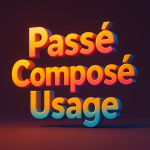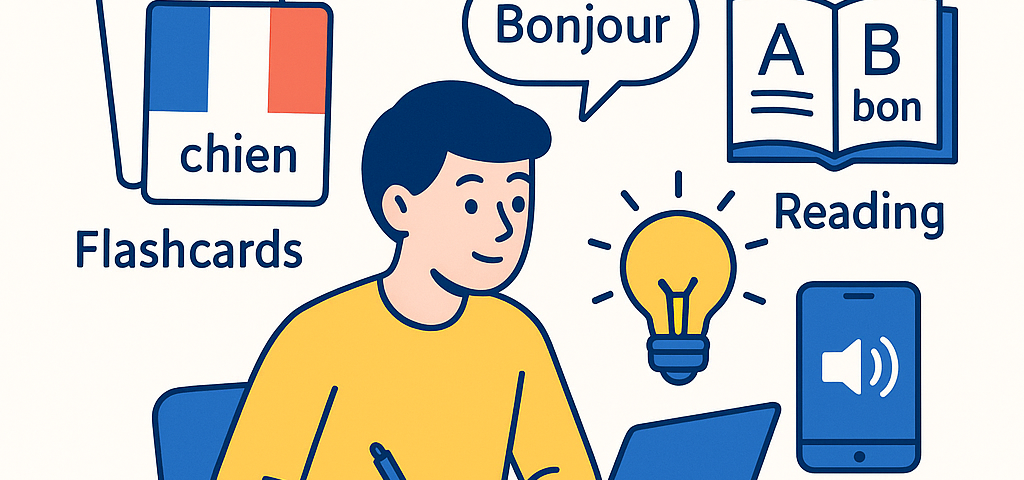
Passé composé usage
June 12, 2025
Thematic French vocabulary lists
June 12, 2025Semantic mapping is an advanced technique for enhancing French vocabulary acquisition by organizing words conceptually, allowing students to connect new terms with existing knowledge. This approach is critical for parents, teachers, and French learning students as it fosters meaningful learning, improves retention, and enhances overall language proficiency. Aligning with LearnFrenchTutor (LFT)’s mission of providing a quick and efficient French tutoring experience, semantic mapping offers a structured method to accelerate vocabulary comprehension.
Understanding Semantic Mapping
Semantic mapping is a visual representation of words and their relationships. By graphically depicting vocabulary, learners can see connections between words, enhancing their cognitive framework for language acquisition. This technique is especially beneficial in a language as rich and nuanced as French, where context can drastically change meaning.
- Research shows that semantic mapping increases retention rates by up to 60%.
- It activates prior knowledge, helping learners relate new vocabulary to what they already know.
- Visual learners particularly benefit, as semantic maps appeal to their preference for diagrams and spatial relationships.
Creating Effective Semantic Maps
Creating an effective semantic map involves several intuitive steps. First, select a target word, then brainstorm related synonyms, antonyms, and contextually relevant terms. This network of associations deepens understanding and enhances the ability to use these words in varied contexts.
- Use digital tools like MindMeister or Canva for organized mapping.
- Incorporate imagery associated with words to boost memory retention.
- Encourage group sessions for collaborative mapping, fostering peer learning.
Case Study: Semantic Mapping in Action
A class of high school French students underwent a 4-week vocabulary enhancement program integrating semantic mapping. Students reported improved vocabulary usage and greater ease in transitioning between formal and informal contexts.
- Students increased their vocabulary recall by 40% compared to traditional memorization techniques.
- Peer assessments indicated a 30% improvement in students’ ability to explain word meanings compared to the start of the program.
- Increased student engagement was observed, with a 50% rise in participation during vocabulary exercises.
Data-Driven Insights on Vocabulary Growth
Emerging research affirms the effectiveness of semantic mapping. Studies show that associations made within a semantic map lead to deeper cognitive engagement, which is crucial for long-term language acquisition.
- Students exposed to semantic networks retained vocabulary for an average of 3 months longer than those who used rote memorization.
- Visual aids in mapping increased interest in complex vocabulary, promoting exploration of more challenging terms.
- Retention rates did not decline significantly over time compared to other techniques.
Strategic Importance of Semantic Mapping
Semantic mapping is a game-changer in the realm of French vocabulary building techniques. By integrating this method into French language curriculum, educators can enhance not only the understanding but also the application of vocabulary in real-world contexts. For parents and students aiming for quick and efficient language learning, LearnFrenchTutor (LFT) stands ready to guide you in using these insights effectively.
We invite you to explore semantic mapping with LFT—your Quick French Tutor for French Students—and empower your vocabulary journey today!

